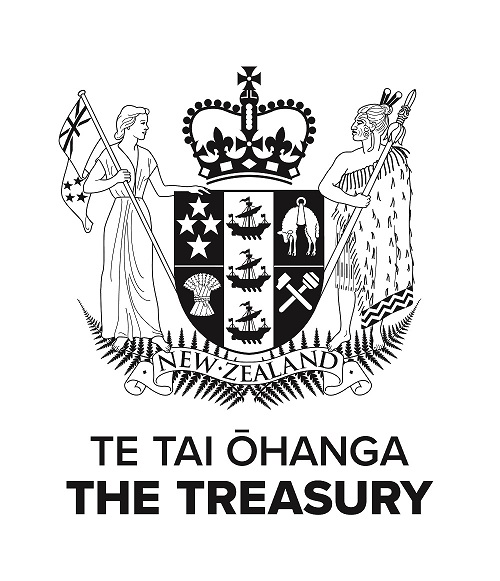
Flexibility key for NZDM programme evolution
Kim Martin, Wellington-based director at New Zealand Debt Management, discusses the changing shape of the debt management agency’s issuance programme. Significant recent developments include global index inclusion, evolving tender approaches and green bonds.
In November 2022, New Zealand was added to the FTSE World Government Bond Index (WGBI) and it was hoped this development would increase the visibility and relevance of New Zealand government bonds (NZGBs) to global investors. How has WGBI inclusion influenced demand for and distribution of NZGBs?
We initially saw a temporary increase in turnover of NZGBs, which we attributed at the time to WGBI inclusion, and we have seen new investors in each of our syndications since. We were expecting this with our inaugural green-bond line, introduced in November 2022, but we were a little surprised to see it again with the launch of the 2030 and the tap of the 2033 nominal bond lines. We believe WGBI inclusion may have played a part.
Anecdotal feedback indicates there are some additional Japanese investors in the NZGB market that passively follow the WGBI. More broadly, nonresident holdings of NZGBs continue to increase. The most recent data show offshore investors hold a record high of NZ$70 billion (US$43.1 billion) of NZGBs, up by NZ$10 billion from the end of October 2022. We expect that, over time, WGBI inclusion will increase the base level of consistent flows into the NZGB market.
Can you provide any data on liquidity and turnover in the inaugural green-bond line and an update on future green-bond issuance plans?
The 2034 nominal green bond appears to behave similarly to our conventional nominal bonds. It is priced fairly to the curve and turnover data for the line is consistent with other conventional lines at similar maturity points.
We have included the 2034 nominal green bond in our regular weekly tender schedule. We expect to tender more volume into this line when it is closer to becoming the 10-year benchmark and will focus on increasing volume before considering launching additional green bond lines. As with our conventional bonds, we anticipate tendering into this line at different points across its lifetime.
The approved eligible expenditure for green bonds is now NZ$9.3 billion, up from NZ$6.8 billion when the programme was launched.
New Zealand Debt Management (NZDM) has been making efforts to actively support the inflation-indexed bond (IIB) market. How has this played out?
IIBs are an important part of our bond portfolio and we remain committed to the product. We value the contribution they make to investor diversification and to reducing risk to the Crown balance sheet. In the last fiscal year, about 10 per cent of issuance was in IIBs and we expect IIBs to make up around 3 per cent of bond issuance in the current fiscal year.
Recent changes to our issuance strategy have improved the vibrancy of the IIB market. We have found that taking a more flexible approach and focusing issuance on windows, and points on the curve, where there is demand has been helpful for market functioning. Equally, we have received feedback that maintaining some regularity in tendering is important for price transparency. The move to a single-price auction mechanism for IIBs has been well received, as has building out volume in the 2035 line in anticipation of it becoming the 10-year benchmark.
Another NZDM initiative is the announcement of some adjustments to the approach to nominal bond tenders. What is the strategy here?
We evolve our issuance approach to suit the circumstances. We have tweaked our tender processes over the years. In the most recent adjustment, we announce specific bond lines and volume to be offered the week prior to tender. Previously, we announced this a month in advance.
However, to continue to provide the market with some certainty, we now announce the total weekly issuance volume as well as volume per curve segment a month in advance. We feel this is currently the right balance between providing flexibility and certainty.
These adjustments have been well received. We intend to continue focusing on benchmark bond lines and will continue to ensure we issue according to our own portfolio preferences. However, we will be able to tilt issuance on a weekly basis to respond to demand.

HIGH-GRADE ISSUERS YEARBOOK 2023
The ultimate guide to Australian and New Zealand government-sector borrowers.











